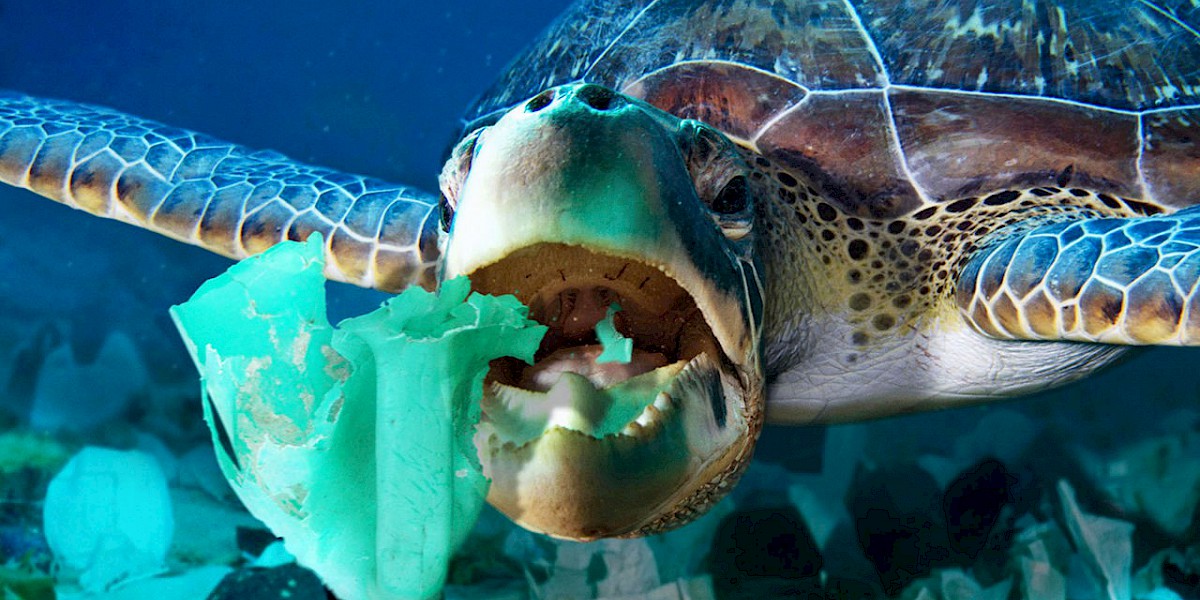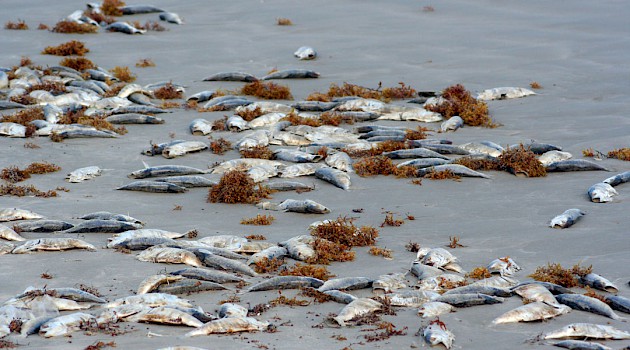
Plastic rubbish smells good to turtles
That seems to be why they eat it.
urtles have an unfortunate habit of devouring plastic objects floating in the sea. These then get snared in their alimentary canals, cannot be broken down by the animals’ digestive enzymes and may ultimately kill them. It is widely assumed that this penchant for plastics is a matter of mistaken identity. Drifting plastic bags, for instance, look similar to jellyfish, which many types of turtles love to eat. Yet lots of plastic objects that end up inside turtles have no resemblance to jellyfish. Joseph Pfaller of the University of Florida therefore suspects that something more complicated is going on. As he writes in Current Biology, he thinks that the odour of marine micro-organisms which colonise floating plastic objects induces turtles to feed.
Latest Right Whale Entanglement in Fishing Gear Shows Urgent Need to Protect Species
With population dwindling off the East Coast, NOAA should take swift action.
In late February, scientists undertaking an aerial survey sighted a female right whale entangled in rope-and-buoy fishing gear south of Martha’s Vineyard and the island of Nantucket, Massachusetts. Scientists say the entanglement is affecting the whale’s ability to eat and that it is unlikely to survive.
This story is emblematic of the crisis right whales are facing. In the past year, 10 North Atlantic right whales have been found dead—from ship strikes or entanglement in the ropes and buoys used in lobster and crab fishing—off the East Coast of the United States and Canada. The population of North Atlantic right whales is dangerously low: Fewer than 400 remain, and fewer than 100 of them are breeding-age females that can contribute new members to the population. Right whales migrate in both U.S. and Canadian waters, but so far only Canada has taken swift action designed to reduce the risk of right whales dying from entanglement.





